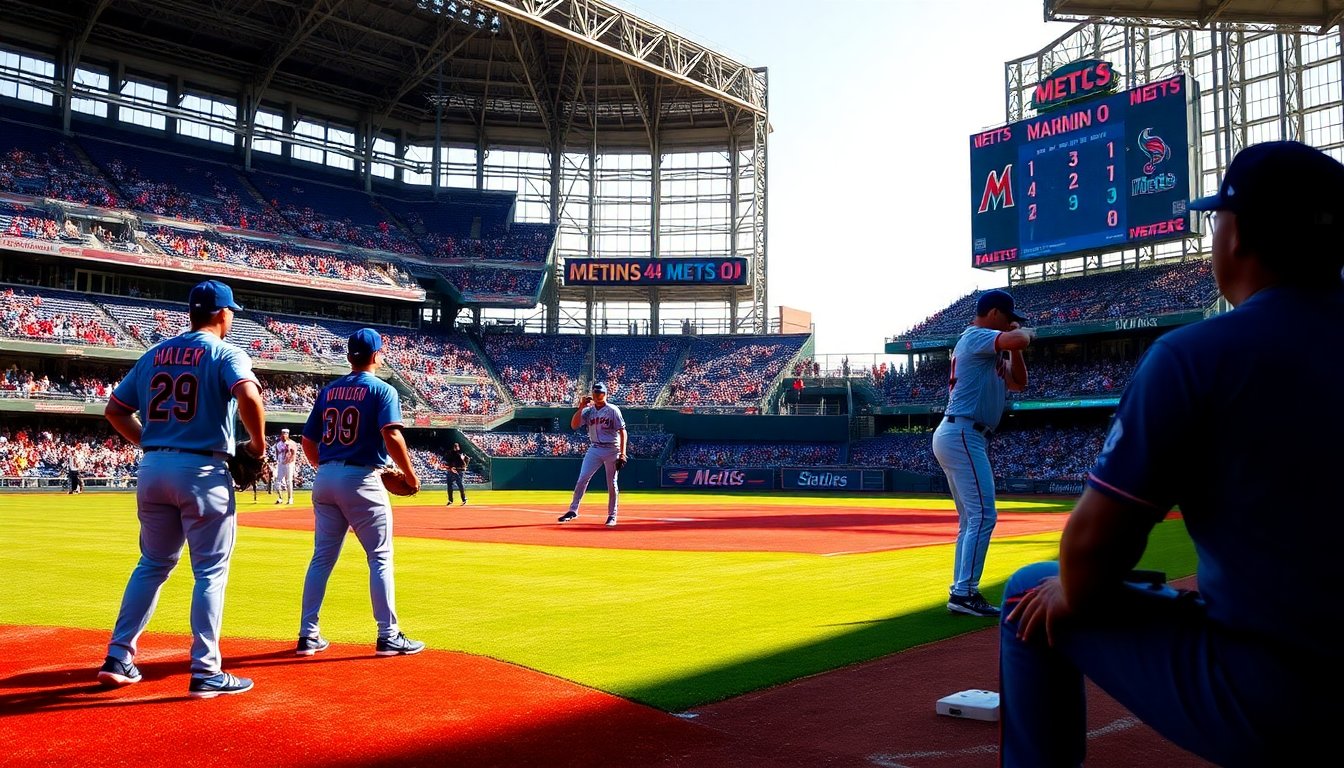Table of Contents
The conclusion of the Mets’ season was marked by a disappointing performance against the Marlins on September 28. Despite the hopes of players and fans alike, the team was unable to score, resulting in a 4-0 defeat. The roots of this disappointment trace back to decisions made during the trade deadline on July 31, raising questions about the franchise’s direction.
This final weekend highlighted the struggles the Mets faced throughout the season. The failure to secure impactful players at the trade deadline became glaringly apparent as they entered this crucial series. In hindsight, the decisions made by President of Baseball Operations David Stearns and his team did not yield the expected results.
Trade deadline decisions and their impact
Stearns, who had received praise for a trade deadline strategy focused on retaining promising prospects while acquiring complementary players, faced criticism as the season unfolded. Although his choices were initially applauded, the reality of the Mets’ performance raised doubts about the effectiveness of those acquisitions. Players like Gregory Soto and Ryan Helsley were brought in with the expectation of strengthening the bullpen, but they ultimately fell short in crucial moments.
Key players struggle in critical moments
On the final day of the season, Gregory Soto epitomized the unfortunate trend of the Mets’ recent trades. After struggling in a previous game against the Marlins, where he allowed two runs in just over an inning, he faced another challenge. In decisive moments, Soto’s inability to manage runners effectively proved costly. His struggles continued as he allowed two hits in the eighth inning of the season finale.
Meanwhile, Ryan Helsley, who had shown flashes of promise earlier in the season, finished with a disappointing 7.20 ERA over 22 appearances with the Mets. This inconsistency left fans and analysts searching for answers. As the Mets sought to turn the tide in the final game, contributions from these key players were essential but lacking.
Missed opportunities and lineup changes
Another factor contributing to the Mets’ downfall was the underperformance of new additions like Cedric Mullins. Acquired to address the center field dilemma, Mullins struggled to find his footing, posting a disappointing batting average of .182 after the trade. His absence from the starting lineup during crucial games underscored the need for more reliable production. Manager Carlos Mendoza opted for Tyrone Taylor, hoping to ignite a stagnant lineup.
Analyzing the final game performance
The Mets’ struggles were evident during their last match at loanDepot Park. Tyler Rogers, a dependable asset since joining the team from the Giants, faced a pivotal moment in the fourth inning. Entering the game after Ryne Stanek allowed two doubles, Rogers was unable to stop the momentum, leading to a critical RBI triple by Javier Sanoja. This moment encapsulated the Mets’ season—one where potential was often overshadowed by failure to execute under pressure.
As the season concluded, the Mets reflected on a year filled with missed opportunities. The combination of poor performance by recent acquisitions and the inability to capitalize on critical moments ultimately dictated the outcome of their season. Fans and analysts will closely watch how the Mets address these shortcomings as the offseason approaches.


